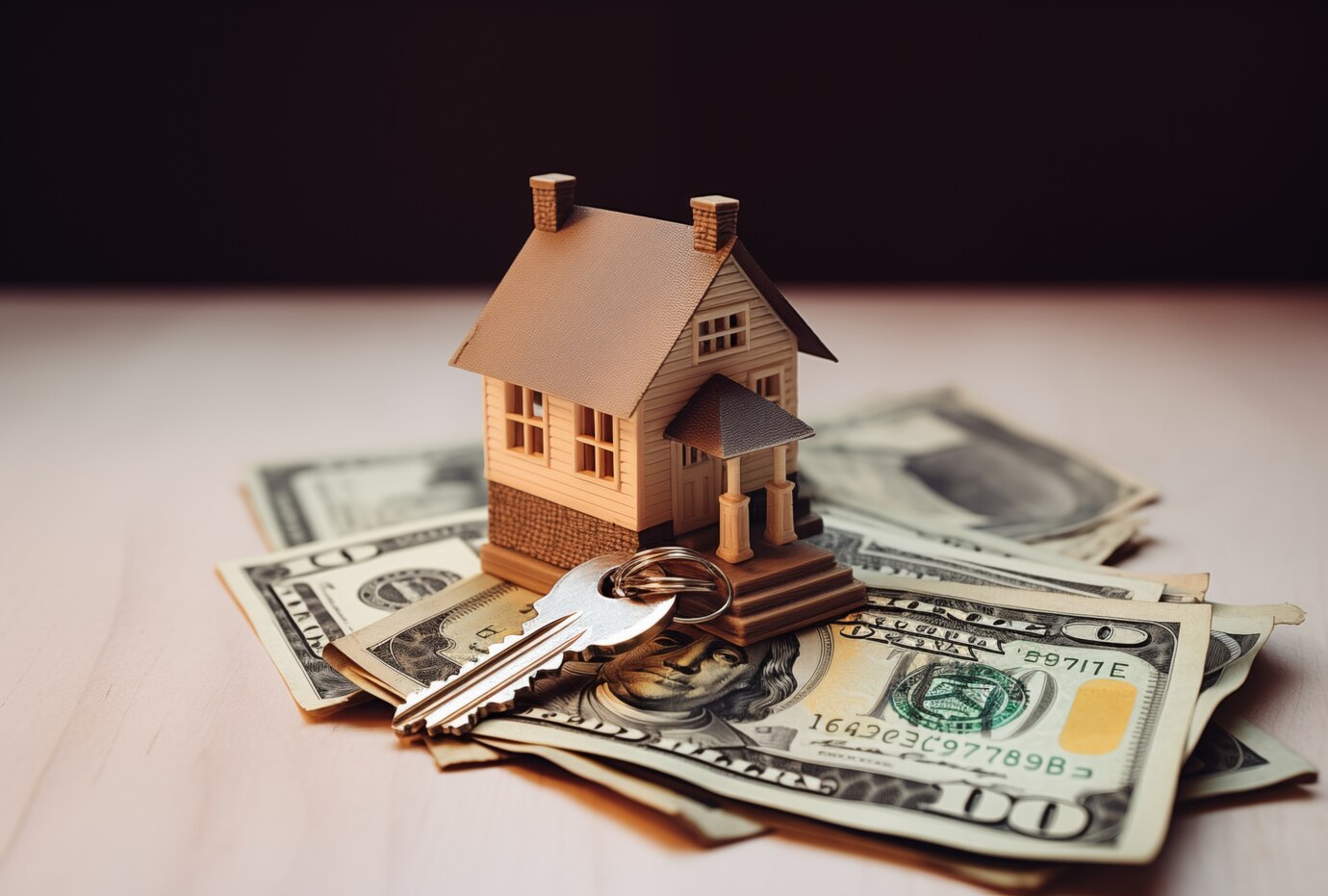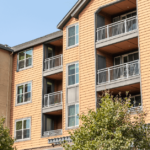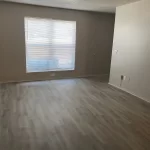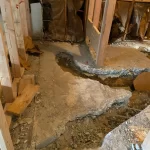As Baby Boomers begin to retire in larger numbers, more are trading in their family homes for cozier, more manageable living spaces. And it’s not just about simplifying life—it’s about finding peace of mind. With rising costs and limited incomes, affordable housing for seniors is becoming a hot topic across the country. Whether it’s about adapting to medical needs, reducing expenses, or simply living with less hassle, seniors and disabled adults are looking for safe, stable places to call home. But where do you start? From 55 and older communities to housing for 62 and older, the world of age-appropriate housing can feel like a maze.
This blog helps you make sense of it all—clearly and in plain English.
Why Baby Boomers Are Transitioning to Smaller Homes
The golden years are supposed to be relaxing, but many older adults are finding that large homes come with big responsibilities. Here’s why downsizing makes sense:
- Lifestyle changes: Empty nests mean less space is needed.
- Medical concerns: Accessibility becomes key—stairs and big layouts are tough to manage.
- Fixed incomes: Retirees often rely on Social Security or pensions, and every dollar counts.
- Less maintenance: Smaller homes mean less cleaning, yard work, and stress.
These shifts are driving seniors to seek affordable housing for seniors that’s simpler, safer, and smarter.
Types of Affordable Housing for Seniors and Disabled Individuals
There are more senior housing options today than ever before and that’s great news for those needing flexibility.
Common Housing Types Include:
- 55 and older communities: Independent-living homes or condos tailored to active seniors.
- Housing for 62 and older: Typically more service-based, such as meals and transportation.
- Senior-only housing: Designed to meet age-specific needs without mixing younger populations.
- Disabled-only housing: Focused on accessibility and support.
- Mixed eligibility housing: Combines seniors and housing for disabled adults in shared communities.
All these options fall under the broader umbrella of affordable housing for seniors and can be found in both urban and rural areas.
Eligibility Requirements: Age, Disability, and Income
Many people think you need to be 65+ to qualify for senior housing. Not true.
Here’s how it usually works:
- Age-based housing: You may qualify for 55 and older communities or housing for 62 and older if you meet the age requirement.
- Disability housing: Even younger adults may qualify, but disabled housing eligibility is often tied to documentation and long-term impairment.
- Income limitations: Programs usually require proof of low or moderate income. This is critical when applying for subsidized housing for elderly or fixed income senior housing.
You don’t have to be retired, but your finances and health status do play a major role.
How Much Funding Is Available for Senior and Disability Housing
Seniors and disabled adults often qualify for financial help that makes housing much more affordable. Several federal and state programs are designed to reduce rent and support independent living:
- Section 202 elderly housing: Offers rental assistance and funding to build ow-income senior apartments for seniors aged 62+. Rent is capped at 30% of income.
- Section 811 (HUD): Helps disabled adults live independently with supportive housing and rent limits based on income.
- Low-Income Housing Tax Credit (LIHTC): Many LIHTC properties set aside units for age-restricted housing and people with disabilities at reduced rent.
- USDA Rural Housing: Programs like Section 515 and 521 support affordable retirement housing for elderly and disabled renters in rural areas with below-market rents.
- Housing Choice Vouchers (Section 8): Eligible seniors and disabled adults can use these vouchers to rent from private landlords. Rent is income-based.
- State & Local Programs: Many states offer housing grants, rental help, or trust funds to cover gaps in affordability.
Important Notes:
- Most programs are for households earning below 50% of the area median income (AMI).
- Rent is usually capped at 30% of the household’s income.
- Some programs have long waiting lists, so applying early is key.
All of these resources aim to expand affordable housing for seniors, especially in areas where demand is growing fast.
Making It Fit a Monthly Budget
Let’s face it—most seniors aren’t working full-time. That’s where support programs come in.
Budget-Friendly Solutions:
- Rental assistance: Helps reduce monthly payments based on income.
- Housing vouchers: Like Section 8, these let seniors rent in qualifying properties.
- Utility discounts: Some programs offer support for bills like heating and water.
- Subsidized rent caps: A feature of subsidized housing for elderly that protects them from rent spikes.
For those living on Social Security, fixed-income senior housing options are a lifeline. They combine comfort and stability without breaking the bank—an important feature of affordable housing on a budget.
Bringing It All Together: Safe, Comfortable, and Affordable Living
The search for affordable housing for seniors doesn’t have to be overwhelming. Whether you’re planning for yourself, a parent, or a loved one with disabilities, knowing your options makes the process less stressful. From senior-friendly apartments in 55 and older communities to Section 202 elderly housing, there’s something for every need and lifestyle. As demand rises, it’s up to communities—and developers like Midtown Builders—to keep creating these life-changing spaces.
Contact us to learn more about how affordable housing for seniors and housing for disabled adults can support long-term comfort and stability.










